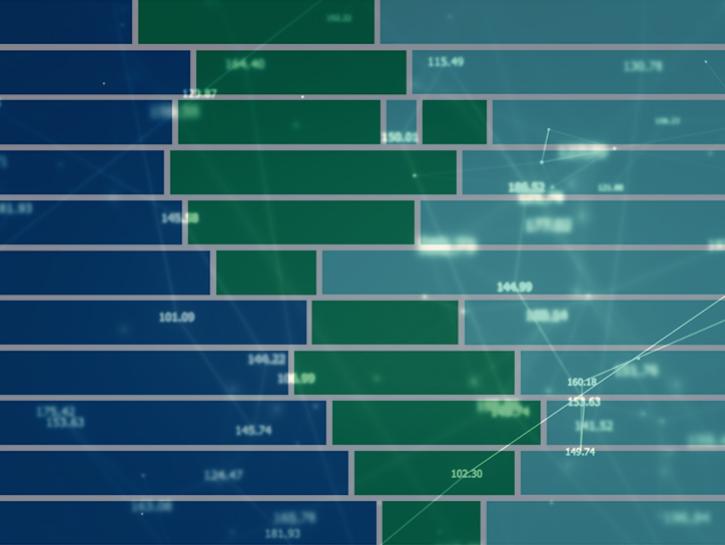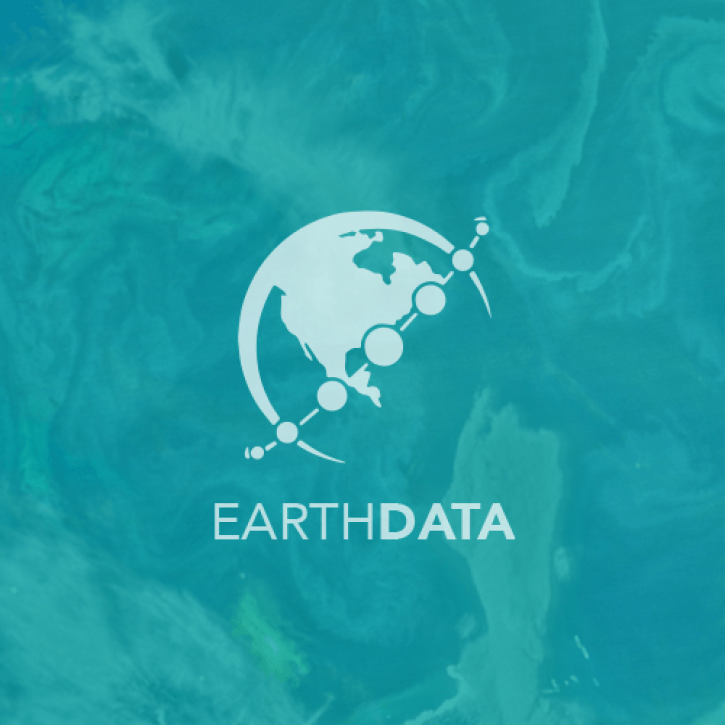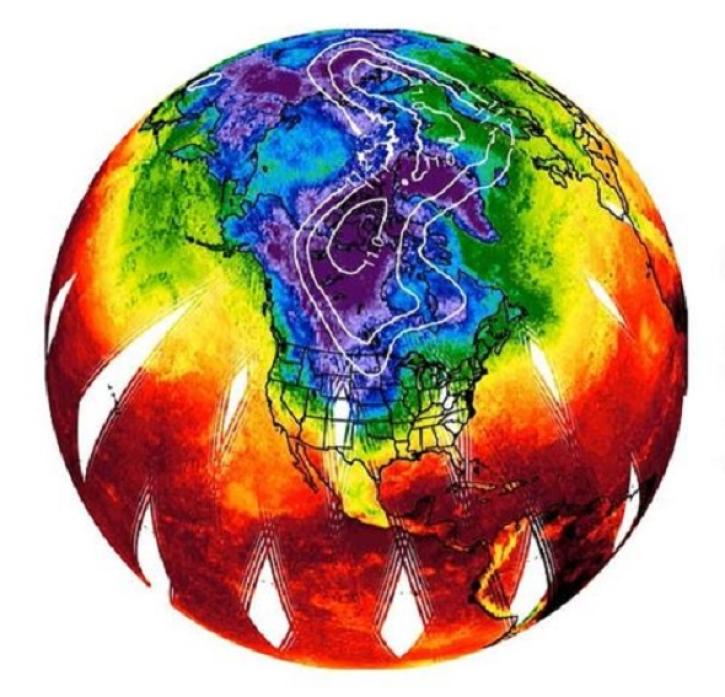We are in the process of migrating all NASA Earth science data sites into Earthdata from now until end of 2026. Not all NASA Earth science data and resources will appear here until then. Thank you for your patience as we make this transition.
Read about the Web Unification Project
Surface Temperature Data Access and Tools
NASA has surface temperature datasets that help researchers characterize how warm air is over land and water. Access a range of data and data tools such as AppEEARS, HEG: HDF-EOS to GeoTIFF Conversion Tool, and GOES-5 Weather Maps to make the most of surface temperature data.
Table of contents
Surface Temperature Datasets
| Dataset | Platforms | Instruments | Temporal Extent | Location Keywords | Data Format |
|---|---|---|---|---|---|
| Daily SnowModel Outputs Covering the ABoVE Core Domain, 3-km Resolution, 1980-2020 | MODELS | Computer | 1980-09-01 to 2020-08-31 | ALASKA, CANADA | netCDF-4 classic |
| Daymet: Annual Climate Summaries on a 1-km Grid for North America, Version 4 R1 | MODELS | Computer | 1950-01-01 to 2024-12-31 | HAWAII, PUERTO RICO, NORTH AMERICA | multiple |
| Daymet: Daily Surface Weather Data on a 1-km Grid for North America, Version 4 R1 | MODELS | Computer | 1950-01-01 to 2024-12-31 | CANADA, NORTH AMERICA, PUERTO RICO, MEXICO, HAWAII | netCDF-4 |
| Daymet: Monthly Climate Summaries on a 1-km Grid for North America, Version 4 R1 | MODELS | Computer | 1950-01-01 to 2024-12-31 | HAWAII, PUERTO RICO, NORTH AMERICA | COG |
| Daymet: Station-Level Inputs and Cross-Validation for North America, Version 4 R1 | MODELS | Computer | 1950-01-01 to 2023-12-31 | NORTH AMERICA, PUERTO RICO, HAWAII | multiple |
| DC3 In-Situ DC-8 Meteorological and Navigational Data | NASA DC-8 | MMS, DLH, GPS, HYGROMETERS, PRESSURE TRANSDUCERS, HUMIDITY SENSORS, TEMPERATURE SENSORS | 2012-05-04 to 2012-06-23 | NORTH AMERICA, UNITED STATES OF AMERICA, ALABAMA, COLORADO, OKLAHOMA | ICARTT |
| DC3 In-Situ DLR Falcon Meteorological and Navigational Data | DLR-Falcon | GPS, HYGROMETERS, PRESSURE SENSORS, TEMPERATURE SENSORS, HUMIDITY SENSORS | 2012-05-29 to 2012-06-14 | NORTH AMERICA, UNITED STATES OF AMERICA, ALABAMA, COLORADO, OKLAHOMA | ICARTT |
| DC3 In-Situ NSF/NCAR GV-HIAPER Meteorological and Navigational Data | NSF/NCAR GV HIAPER | GPS, HYGROMETERS, UHSAS, CPC, VCSEL Hygrometer, CLH2 | 2012-05-18 to 2012-06-30 | NORTH AMERICA, UNITED STATES OF AMERICA, ALABAMA, COLORADO, OKLAHOMA | ICARTT |
| DISCOVER-AQ California Deployment P-3B Aircraft In Situ Meteorological and Navigational Data | P-3B | DLH, GPS, PRESSURE TRANSDUCERS, TEMPERATURE SENSORS, HYGROMETERS | 2013-01-09 to 2013-02-10 | NORTH AMERICA, UNITED STATES OF AMERICA, CALIFORNIA, NORTHERN HEMISPHERE, WESTERN HEMISPHERE | ICARTT |
| DISCOVER-AQ Colorado Deployment BAO Tower Ground Site Data | GROUND STATIONS | CEILOMETERS, MFR | 2014-06-24 to 2014-09-03 | NORTH AMERICA, UNITED STATES OF AMERICA, COLORADO, WESTERN HEMISPHERE, NORTHERN HEMISPHERE | HDF5, ICARTT |
Pagination
SHOWING 10 OF 963
Featured Surface Temperature Observation Method: AIRS
The Atmospheric Infrared Sounder (AIRS) aboard the Aqua satellite is a hyperspectral instrument that makes daily global measurements of infrared energy reflected by Earth's surface and atmosphere. The data is used to create three-dimensional water vapor and temperature profiles throughout the atmosphere. Meteorologists and other scientists use the data to make weather forecasts and as part of the historical global temperature record.
This API allows users to visualize Atmospheric Infrared Sounder data using a Common Metadata Repository search result.
Learn how to access and visualize Atmospheric Infrared Sounder (AIRS) grid data from NASA's Goddard Earth Sciences Data and Information Services Center (GES DISC) in Python.
Next-generation instruments aboard Joint Polar Satellite System spacecraft provide continuity to the AIRS project that began in 2002.
11 MIN READ
Frequently Asked Questions
Earthdata Forum
Our online forum provides a space for users to browse thousands of FAQs about research needs, data, and data applications. You can also submit new questions for our experts to answer.
Submit Questions to Earthdata Forumand View Expert Responses


